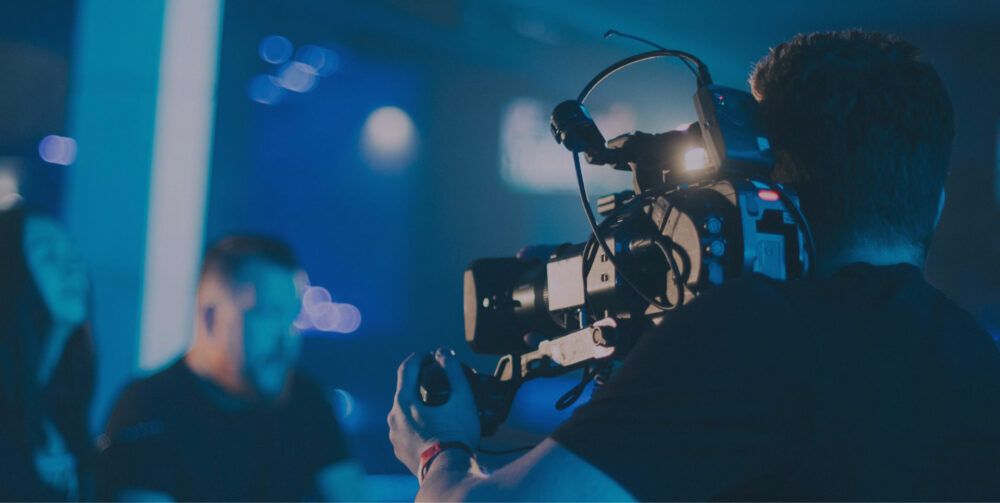
Of Whales and Drones: An Interview with Salinda Bacheler from MARRS Lab
We had the chance to sit down with Salinda Bacheler, the (super nice!) program manager at MARRS Lab in North Carolina. Not only did we talk about all the amazing things they do at the research lab, but we also discussed how they were in need of better equipment management last year, and how Cheqroom has helped them manage their inventory.
Keep reading to learn more about drone tracking, Antarctic studies and how hurricane Florence didn’t slow any of their amazing work down.
Cheqroom: For those who haven’t heard about MARRS just yet, could you tell us a bit more about what you do?
SALINDA: Our lab is the Marine Robotics and Remote Sensing lab at the Duke University Marine Lab in Beaufort, North Carolina. We are located on a little island right on the coast. The focus of our lab is to use drone technology for marine and terrestrial conservation and science.
Our lab director, Dr. Dave Johnston, has studied marine mammal ecology for many years and realised that drones could be used to improve the science, the accuracy and the speed of logistics in collecting information. And so he’s been growing his lab and applying that technology to a wide variety of projects: from oyster reefs to whales and from the Polar regions to the Tropics!

Cheqroom: Sounds so interesting! So drones are the main tool you collect data with?
SALINDA: Yes, it’s the tool everyone is using and it unifies the work of the lab.
Before drone technology, much of the field work to study and observe marine mammals and other organisms was done via small boat work and/or with planes and helicopters.
“Now, being able to use drones to be surveying Minke whales or seal populations, we can work in more remote areas and collect a lot more information on some poorly studied animals.”
Cheqroom: Because of the location of the lab, you must have quite some storms and hurricanes come through. How do you deal with that?
SALINDA: We had hurricane Florence come through in September and it devastated this area and the marine lab in particular.
We knew that it was coming. Hurricanes are part of living here along the coast so all of our computers are in rolling cases. We packed our equipment up in boxes and moved it to a safe area. Most people evacuated the area – it was a big enough storm that my family went up to Washington DC.
We haven’t experienced a hurricane that strong, that hit with such intensity and longevity. The eye of the storm was a little bit down the coast from us, so we got hit pretty hard. Living around here, between July and October you know that that’s a possibility. And severe storms are an increasing possibility with climate change. It’s just part of living here.
Cheqroom: Sounds like a tumultuous end of the year, but glad to hear everyone was evacuated on time! Looking back on 2018, did you collect any special footage from Antarctica that left you and your team speechless?
SALINDA: Some footage that got a lot of traction is bubble net feeding behaviour that we captured.
“Humpback whales have a group feeding behavior where, from beneath the water, they circle and send up bubbles, capturing krill and small fish and then they lunge up through that to eat. It’s so beautiful it could almost make you cry.”
This behaviour has been observed before, but from this perspective, being able to see directly overhead as opposed to being in a boat or farther off in a plane or something like that, it’s amazing.

That image has been on the cover of magazines now and national news organizations have picked it up. That was really the picture that’s gone the farthest for us. It’s very striking. Whales are of course intriguing to a lot of people and not only nerdy scientists.
Cheqroom: What are you hoping for in 2019?
SALINDA: The lab has grown so much in the last few years and a lot of the work that we do locally is used by our local resource managers, who are able to study shoreline erosion right off our coast here. It’s very applicable work that’s being done.
One of the PhD students in our lab is also the mayor of Beaufort. So he could be taking information that he and our other colleagues are applying here and literally use it to improve the city that he grew up in. It’s a very exciting and dynamic place to work.
With Cheqroom I can see where we’re going and know what is coming and be able to anticipate the logistics.”
Thank you, Salinda, for this lovely interview. It truly was a pleasure!
Curious to read more about MARRS? Go to our case study to see how they have been using Cheqroom, or visit their website.
Want to know more about Cheqroom? Sign up for our newsletter!
More blog articles














